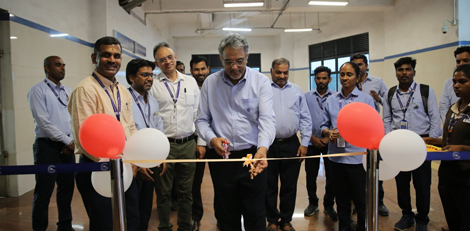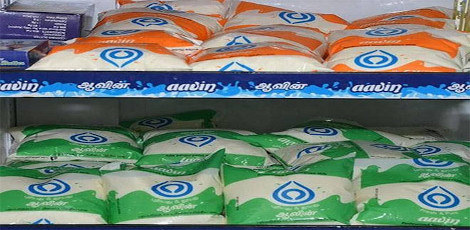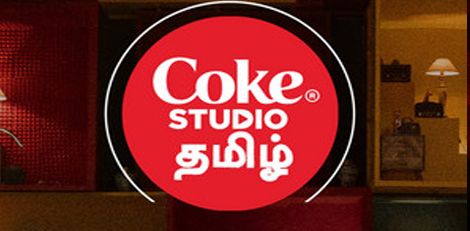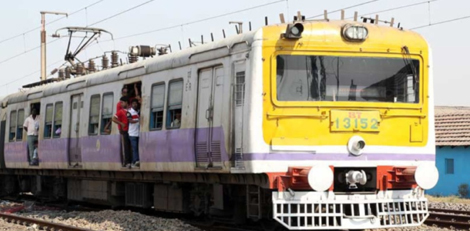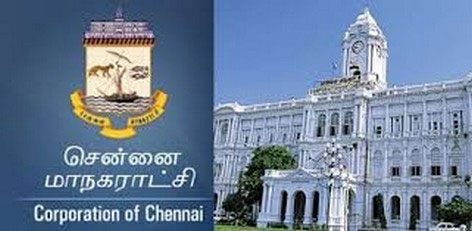Currency in India: An Overview
Posted on: 16/Nov/2016 12:00:22 PM
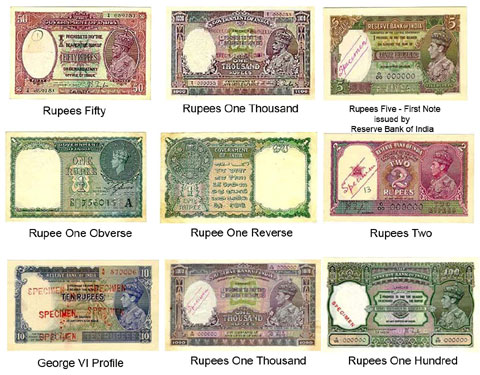
The first paper currency in India was issued during the late 18th century by the British East India Company. Private Banks such as the Bank of Hindustan and presidency banks were among the pioneers.
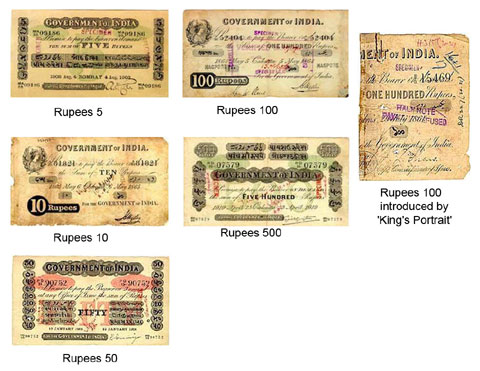
The British Government of India introduced the Paper Currency Act of 1861, under which, it had a monopoly to issue paper notes in the country. The Presidency Banks were appointed as authorized agents to promote circulation of the notes in the country. This resulted in what was called Currency Circles - places where the paper notes were legal tender. However, all agreements were rendered void in 1867.
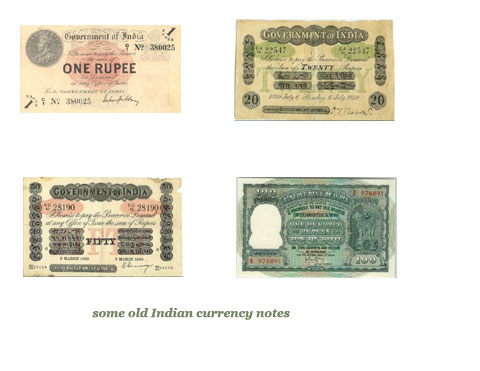
At this time, the Mint Masters, Accountant General and the Controller of Currency were given the responsibility of promoting, circulations and redemption of currency. This continued till the Reserve Bank of India, RBI, was founded in 1935.
According to Section 22 of the RBI Act of 1934, the RBI has the sole right to issue bank notes of all denominations. This basically means that the RBI is responsible for the design, production and overall management of the nation�s currency. The RBI also has to ensure adequate supply of clean and genuine notes. The RBI consults with the government and routinely addresses issues connected with security, and finds way to enhance security to counter risks of counterfeiting or forging.
The RBI is required to maintain a gold AND Foreign Exchange Reserve of Rs. 200 crore. Of this, at least Rs. 115 crore should be in gold. This system is called the Minimum Reserve System.
The Issue Department and Currency Department of the RBI is one whose assets and liabilities are kept separate from the Banking Department. The Department of Currency Management is located at the Central Office in Mumbai. There are 19 Issue Offices. There is a network of 4281 Currency Chests and 4044 Small Coin Deposits.
Currency Chests are the storehouses where bank notes and rupee coins are stocked. These Chests have been established with the State Bank of India, six associate banks, nationalized banks, private sector banks, a foreign bank, a state cooperative bank and a regional rural bank.
The Security Printing and Minting Corporation of India Limited, SPMCIL, prints currency notes. The printing presses are located in Nasik in Maharashtra and Dewas in Madhya Pradesh. The Bharatiya Reserve Bank Note Mudran Pvt. Ltd, BRBNMPL, also has set up printing presses. These presses are at Mysore in Karnataka and Salboni in West Bengal.
The SPMCIL has mints for coin production - Mumbai, Noida, Kolkata and Hyderabad. The value of a bank note is written on it in 17 of the 22 official languages of India. The languages are Assamese, Bengali, Gujarati, Kannada, Kashmiri, Konkani, Malayalam, Marathi, Nepali, Oriya, Punjabi, Sanskrit, Tamil, Telugu and Urdu.


